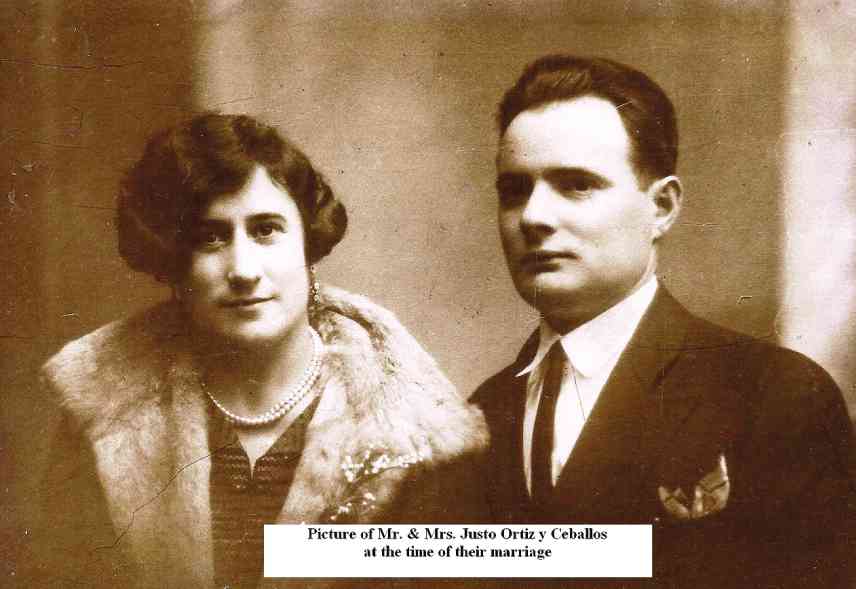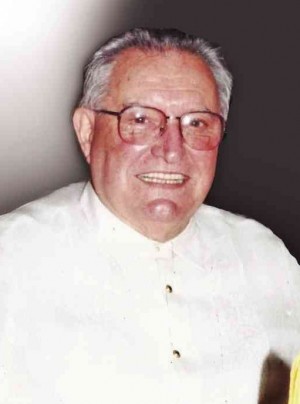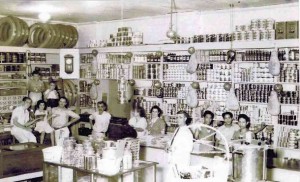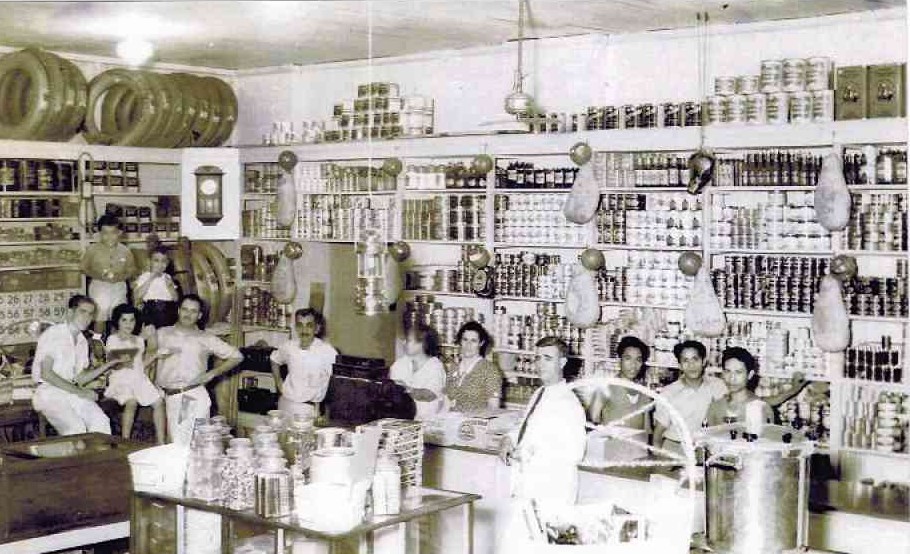
Late in the afternoon of Feb. 3, 1945, advance elements of the US 1st Cavalry Division rolled into Japanese-defended Manila and liberated Malacañang Palace first and then Santo Tomas Internment Camp.
Freedom thus returned quickly to most of Manila north of the Pasig, except for portions of Santa Cruz, Binondo and Tondo. For those south of the Pasig, however, freedom would come only after an agony of death and destruction.
Typifying the ordeal was the experience of the Ortiz family from Bicol. At the start of the Battle for Manila, they were already two-time refugees, and on Feb. 4, shells started falling on their neighborhood and destroyed the house they stayed in, setting off another search for refuge.
As Bicolanos, they were devotees of the Virgin of Peñafrancia, in Naga, their hometown. Their mother, Maria Mantilla de Ortiz, commenced a novena to the Virgin that same day.
They had become refugees in their own hometown early in the war. The Japanese, concentrating their forces in Bataan in 1942, had left only a small garrison in Naga.
Their father, Don Justo Ortiz y Ceballos, was detained by the Kempeitai on suspicion of aiding the guerrillas. He suffered some blows while being interrogated, but was released on the intercession of prominent personalities, including Nueva Caceres Bishop Pedro P. Santos.
The Bicol guerrillas, not yet completely organized, took advantage of the weakness of the Japanese garrison to stage an assault aided by the Mt. Isarog Aetas using arrows with flaming tips. In the fighting, the Naga central business district was destroyed.
With it went the whole Ortiz family business—Hotel Royal; El Barato showroom store and canteen; a warehouse with six trucks and vans, two sedans; and a substantial inventory of merchandise left over from the Christmas season.
Thus began the first chapter in the Ortiz-family refugee drama. They were given asylum in the cathedral convent until they boarded a vessel to Manila, arriving in March 1942.
There they rented the 15-room second story of a house belonging to the Pons family in Intramuros, at the corner of Gral. Luna and Sta. Potenciana, which they turned into a boarding house to have a source of income.
This saw them through most of the Occupation Period.
Horrifying chapter
In September 1944, the American carrier raids began, sinking many ships on the harbor. Accommodations were needed to shelter the survivors. In October, the Japanese commandeered their house.

This triggered the second chapter in their refugee wanderings, taking them to a house rented from the Gonzales on a street of that name running off San Marcelino where it formed the NE corner with Isaac Peral (now UN Ave.).
But they had been there only three months when the battle for liberation began and that house went up in flames on Feb. 4.
Now commenced the third and most horrifying chapter of their saga. They had had the foresight to prepare for just such a contingency and stocked up a pushcart. With this and a few hand-carried items, they resumed their wanderings, relocating first at the Swiss Club on Gral. Luna with other families. But this was shelled and burned the same day, so they moved on to an empty lot on the same street between P. Faura and Isaac Peral owned by Mira Hermanos.
This they took over with their neighbors, the Ruiz-Jimenez family. It had a large garden with a concrete fountain. Putting all their things around it, they placed a window grille from the burned-out house over it, spread on it a large kapok mattress, and propped up some burned-out GI sheets weighted with stones to form a fragile shelter.
Diagonally across from them was the headquarters building of the Philippine National Red Cross, the site of one of the worst massacres in which over 50 people were killed. The manager, Modesto Farolan (later ambassador), saved himself by sliding under his desk.
Massacre methods

Japanese massacre methodology included locating groups of people seeking refuge in buildings considered to be internationally protected, like the Red Cross Building.
Another and much worse massacre occurred at the German Club on San Luis (TM Kalaw today), where several hundred people were killed despite being notionally under the sanctuary of the Nazi flag and Axis ally Adolf Hitler.
Among the atrocities were the gang rapes of young girls on the street, who were then sliced open with bayonets from throat to groin and left to die under the sun. Ortiz’s uncle Julian, wife Concepcion, and children José Ramon and Maria Concepcion perished in that hecatomb.
Japanese death squads roamed the streets seeking civilian victims. None, however, entered the lot occupied by the Ortizes, which was shielded by a wall and where structures had already burned down.
Their greatest risk was that the area was studded with naval guns salvaged from sunken warships, mortars and heavy machine guns located in fortifications prepared for a last stand. Their firing attracted counter battery fire from the Americans, whose shells landed in the vicinity and killed many people.
Among them were their Bicolano house guest Luis Pacheco (stranded in Manila); the father of the Ruiz family; and the father-in-law of Pacheco, who left the shelter to take a smoke. They and several others were buried in shallow graves.
To avoid attracting attention, they lit no fire to cook food but subsisted on pre-cooked rice, tuyo, camote, bread, and canned or preserved foods. They carefully rationed water from a demijohn.
They offered their daily novena prayers until the ninth day, Feb. 12. The next day the miraculous patroness of Bicol seemed to have answered their prayers when they were rescued by the 13th Regiment of the 1st Cavalry.
Under military protection, they loaded their pushcart and turned right toward the already liberated Paco Cemetery. There his father picked up a friend lying on the sidewalk with severe leg wounds and one eye dangling from his face.
They left him at a medical-aid station at Nagtahan Bridge while they went on to find temporary shelter in Sampaloc. He survived.
Justo Ortiz is now a successful realtor and Manila Rotarian, and the source of the personal data in this article.













































